Weekly nostalgia: retro cars that ruled Hungary between the 1960s-1980s – Photo Gallery

If you have ever sat in a Lada or Trabant, you know the comfort level and the feeling of safety and reliability the peak of the Eastern European and Russian automotive industry had to offer. Jokes aside, even though the whole industry has gone through an incredible development, there is something magical about looking at the real oldies.
[button link=”https://dailynewshungary.com/weekly-nostalgia-the-best-retro-hungarian-candies/” newwindow=”yes”] Weekly nostalgia: the best retro Hungarian candies[/button]
Let’s go back in time a little bit. In socialist Hungary, two types of cars ruled the market, namely the Volga and the Warszawa. Socialist leaders and people of higher ranks were known to drive around in these bad boys.
People were terrified if they saw one of these cars on the streets exactly for this reason, as it could mean the approach of the police or the State Protection Authority (ÁVH).
Volga
The Volga is a Russian automobile brand that originated in the Soviet Union in 1956. The Volga basically became a contemporary cultural icon. Several generations of the car have been produced.

As time passed, the manufacturer found it increasingly difficult to keep the ageing design competitive in a market economy. Eventually, CEO Bo Andersson decided to discontinue the range in 2010.
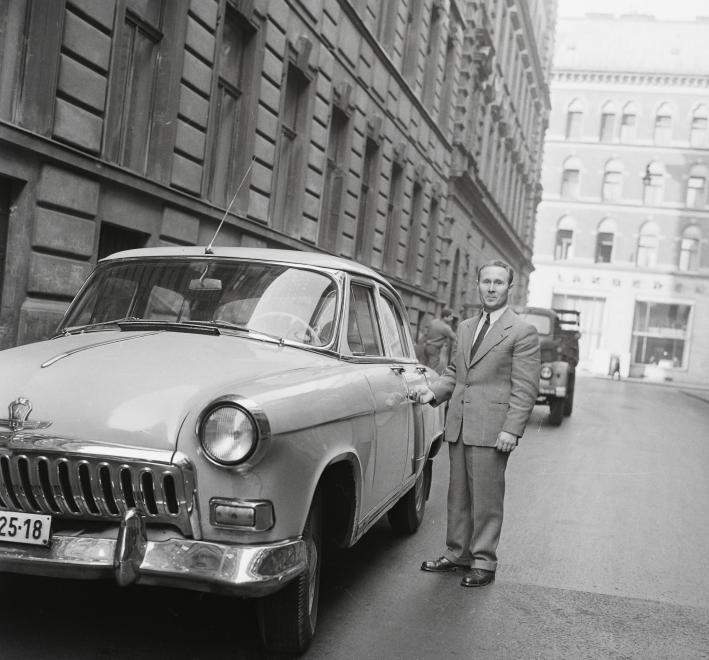
Warszawa
Warszawa was the first new-design Polish car. Its manufacturing began after the Second World War. Warszawas were very popular as taxis due to their sturdiness and ruggedness.
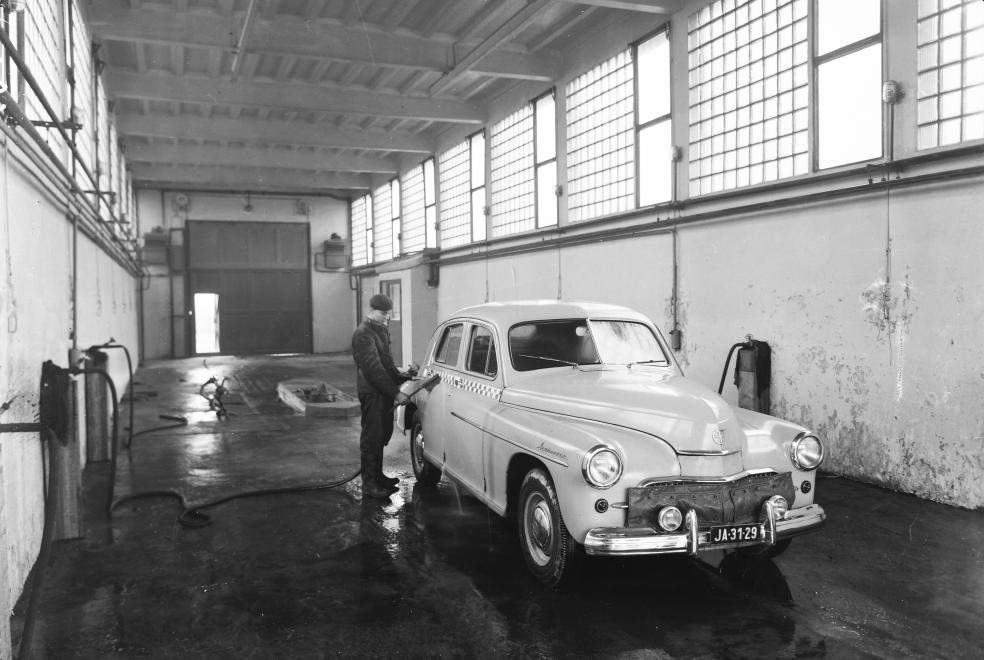
These cars were very heavy and underpowered, which resulted in high fuel consumption.
In total, 254,471 Warszawas were made.
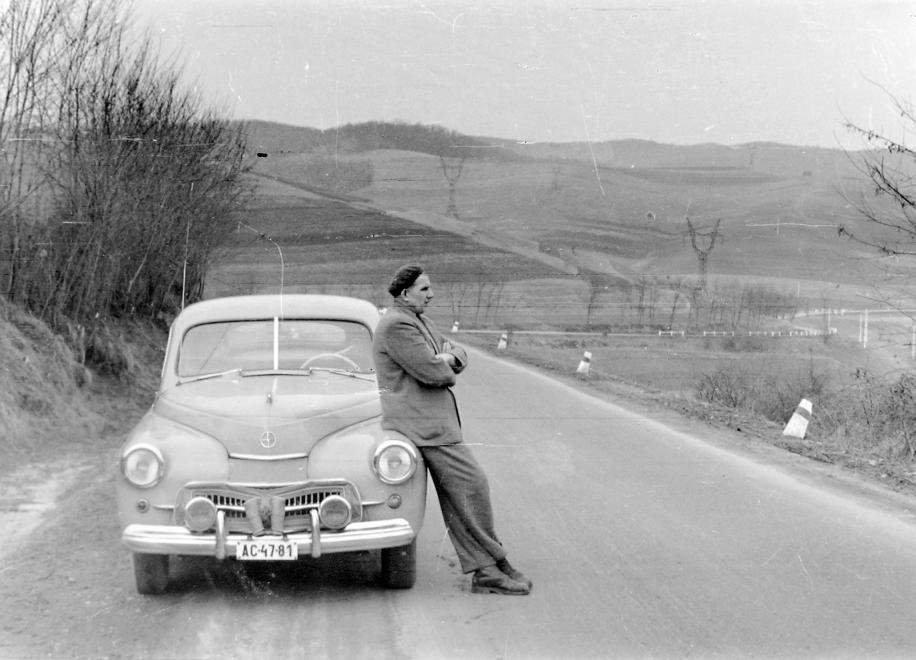
If we jump forward in time a little bit, we can discuss the most popular cars of the 1970s and 1980s: the Moskvitch, Zaporozhets, Thiguli, Lada, and, of course, the real classic everyone knows: the Trabant.
Moskvitch
Moskvitch was also a Soviet automobile brand produced by AZLK between 1946 and 1991, and by OAO Moskvitch from 1991 to 2001.
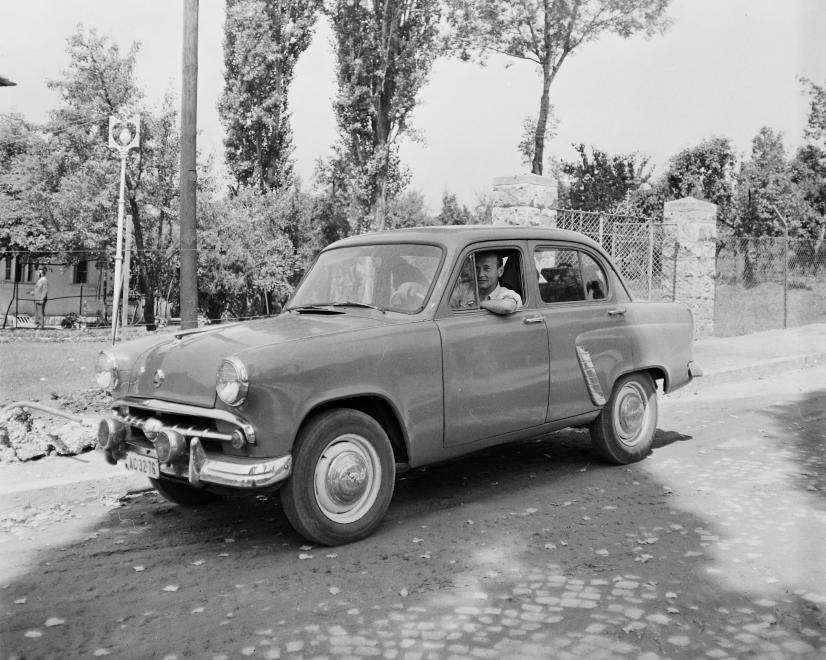
The word moskvich means “a native of Moscow, a Moscovite”. It was used to point out the original location of the cars manufactured in the capital of Russia.
Zaporozhets
Zaporozhets was a real city car, designed and built from 1958 at the ZAZ factory in Soviet Ukraine. The name Zaporozhets means “a man from Zaporizhia”.
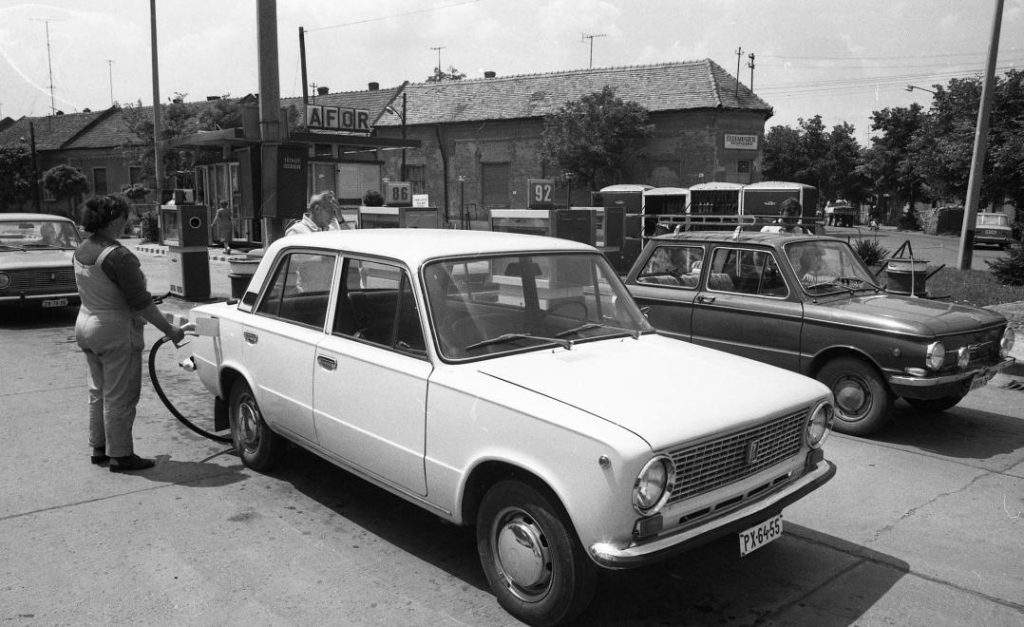
Similarly to East Germany’s Trabant, the Zaporozhets soon became the “people’s car” of the Soviet Union and, as such, it was the most affordable vehicle of its era. It was rather sturdy and known for its excellent crossing performance on poor roads.
Zhiguli
Zhiguli was also a Russian car, produced in the Soviet Union by the AvtoVAZ company between 1970 and 2012. The brand name comes from the Zhiguli Mountains found by the Volga River. The name matches the name of the plant: VAZ stands for “Volzhsky Avtomobilny Zavod” [Volga Automobile Plant].
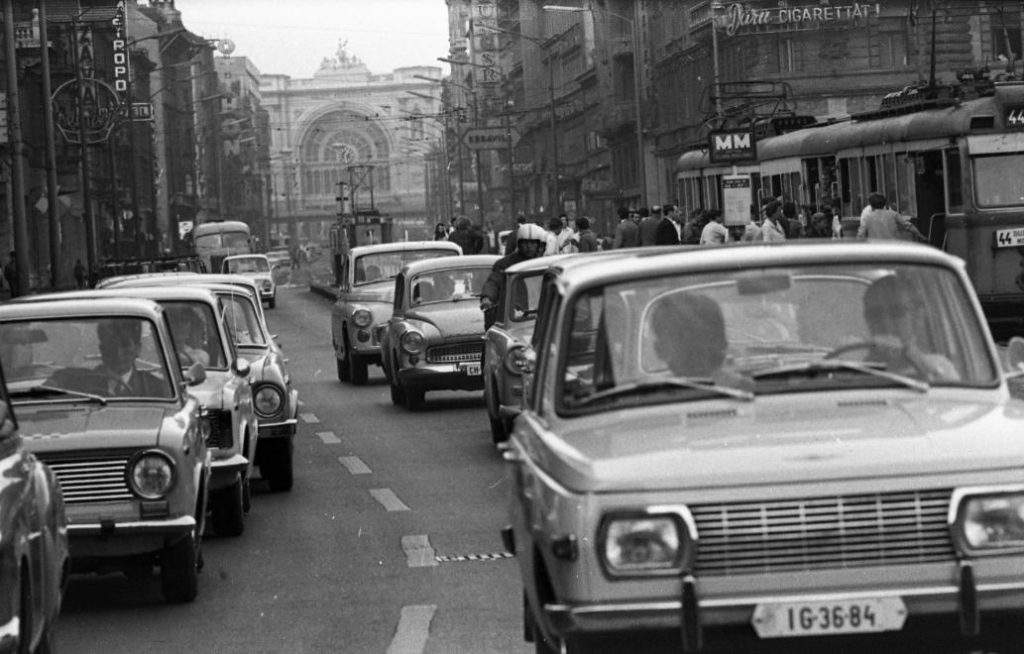
A Zhiguli costs approximately HUF 80,000 (EUR 250).
The upgraded Zhiguli: Lada
Lada was originally manufactured by AvtoVAZ, and it was marketed under the Zhiguli brand from 1973. Over the years, Lada has since become the main brand for AvtoVAZ vehicles. AvtoVAZ is now owned by the French Groupe Renault.
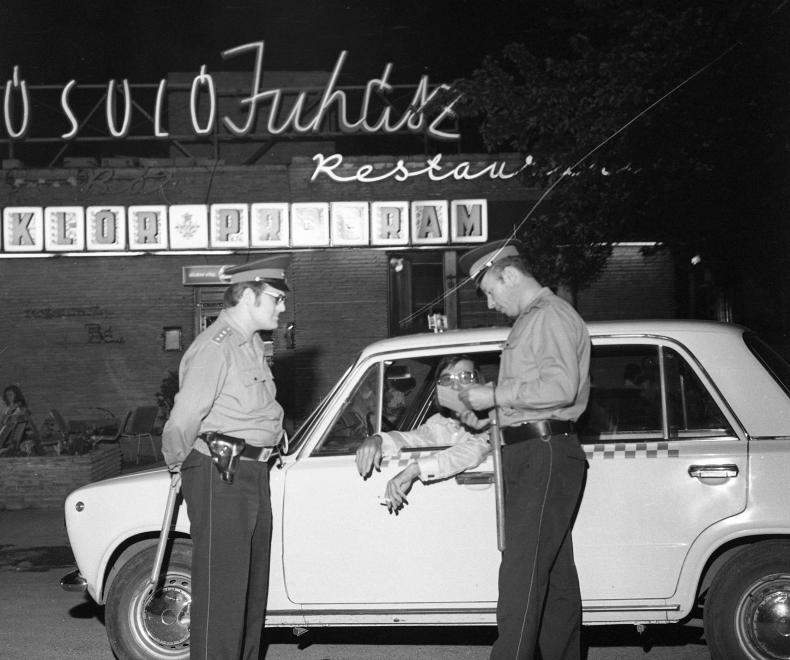
The name Lada derives from a type of Viking longship which is symbolized by the car’s logo. The brand has a long history in Russia, and it is well-known in post-Soviet countries, including Hungary.
Lada had a very competitive price, reliability, simple DIY-friendly mechanics and unpretentious functionality. Ladas were common as police cars, taxis and a range of public service and civil defence vehicles all over Europe.
Trabant
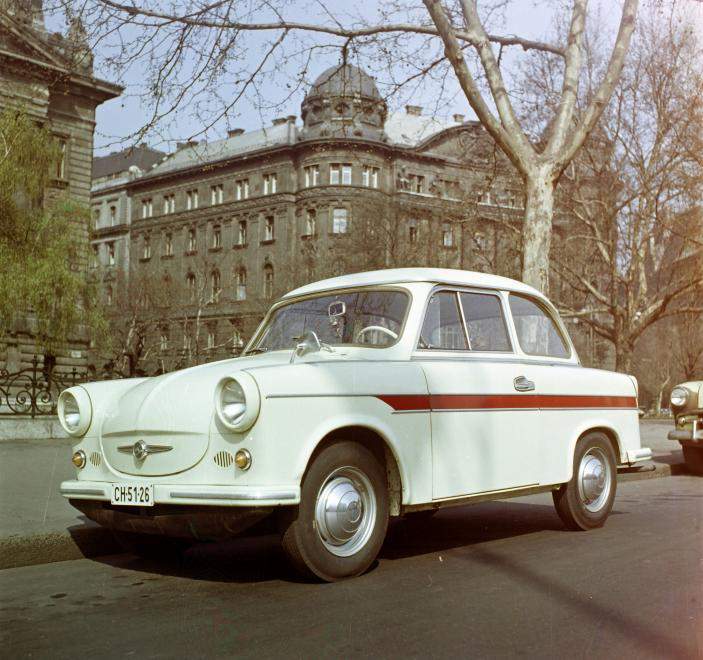
The Trabant was produced from 1957 to 1990 by a former East German car manufacturer VEB Sachsenring Automobilwerke Zwickau.
The Trabant has become the symbol of East Germany.
The car had a hard plastic body mounted on a one-piece steel chassis, front-wheel drive, a transverse engine, and independent suspension.
Altogether 3,096,999 Trabants were produced over nearly three decades.
Older models are very popular among American collectors seeking antique cars. The Trabant also gained a following among car tuning and rally racing enthusiasts.
Featured image: Fortepan
Source: Wikipedia; Fortepan





